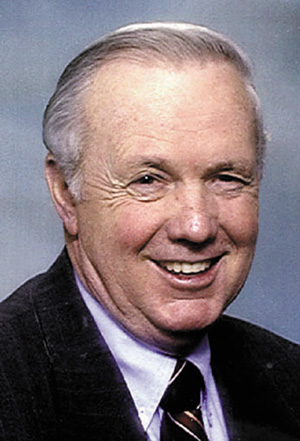NO. 915 THE EVOLUTION OF TEACHING MATH!
No. 915
Jim Davidson -- NEWSPAPER COLUMN
THE EVOLUTION OF TEACHING MATH!
We have all heard the saying that everything is relative. This is true, as the development of the concept of “relativity” is what American physicist Albert Einstein (1879-1955) is best known for. Here is what he had to say about mathematics, something we all deal with every day of our lives. “Mathematics deals exclusively with the relations of concepts to each other without consideration of their relation to experience.” This leads logically to another saying, “The best teacher is experience.”
The concept of mathematics or simply “math” goes from the basic addition, subtraction, division and multiplication that we all learned in school, to the more advanced subjects of algebra, calculus and trigonometry.
When I was in school, I learned the basics but was as lost as a ball in the high weeds when it came to the more advanced courses. If I had algebra I don’t remember it, and if I passed that would have been a miracle. Of course, in smaller schools back then they did not offer advanced courses like calculus and trigonometry. What I did learn back then has served me well over the years because I became very proficient in addition, subtraction, division and multiplication. Even now I use the multiplication tables to great advantage, and can also handle fractions.
However, when it comes to math, let’s face it: some people are good at handling numbers while others struggle because of personal interest and how our mind works. This is why some people become accountants and others become salesmen or saleswomen. One thing we can all agree on: it’s important to know the basics to be able to function in today’s society.
Here is an important question we should all consider: do you think a good percentage of today’s high school graduates have mastered the basics, when it comes to using math in their everyday life, other than being able to scan a credit card?
In relation to this I want to pass along something a friend sent me recently titled, “Years of Math 1950 – 2013.” This would be humorous if not so serious as it relates to real life. It begins. “Last week I purchased a burger at Burger King for $1.58. The counter girl took my $2 and I was digging for my change when I pulled 8 cents from my pocket and gave it to her. She stood there holding the nickel and three pennies, while looking at the screen on her register. I sensed her discomfort and tried to tell her to just give me two quarters, but she hailed the manager for help. While he tried to explain the transaction to her, she stood there and cried.
“Why are things like this happening every day across America? The answer will come as we look at the evolution of teaching math since the 1950s. #1.1950s - A logger sells a truckload of lumber for $100. His cost of production is 4/5 of the price. What is his profit? #2. 1960s – A logger sells a truckload of lumber for $100. His cost of production is 4/5 of the price, or $80. What is his profit? #3. 1970s – A logger sells a truckload of lumber for $100. His cost of production is $80. Did he make a profit? # 4. 1980s – A logger sells a truckload of lumber for $100. His cost of production is $80 and his profit is $20. Your assignment: underline the number 20. # 5. 1990s – A logger cuts down a beautiful forest because he is selfish and inconsiderate and cares nothing about the habitat of animals or the preservation of our woodlands. He does this so he can make a profit of $20. What do you think of his way of making a living? #6. 2009 – Sorry it’s in Spanish and I can’t read it. #7. 2013 – Who cares, just steal the lumber from your rich neighbor because he needs to share with you.” As I said earlier, this may be humorous but it’s still sad. Here is the good news. We CAN do better.
---
(EDITOR'S NOTE: Jim Davidson is a public speaker and syndicated columnist. You may contact him at 2 Bentley Drive, Conway, AR 72034. To begin a bookcase literacy project visit www.bookcaseforeverychild.com. You won’t go wrong helping a needy child.)
